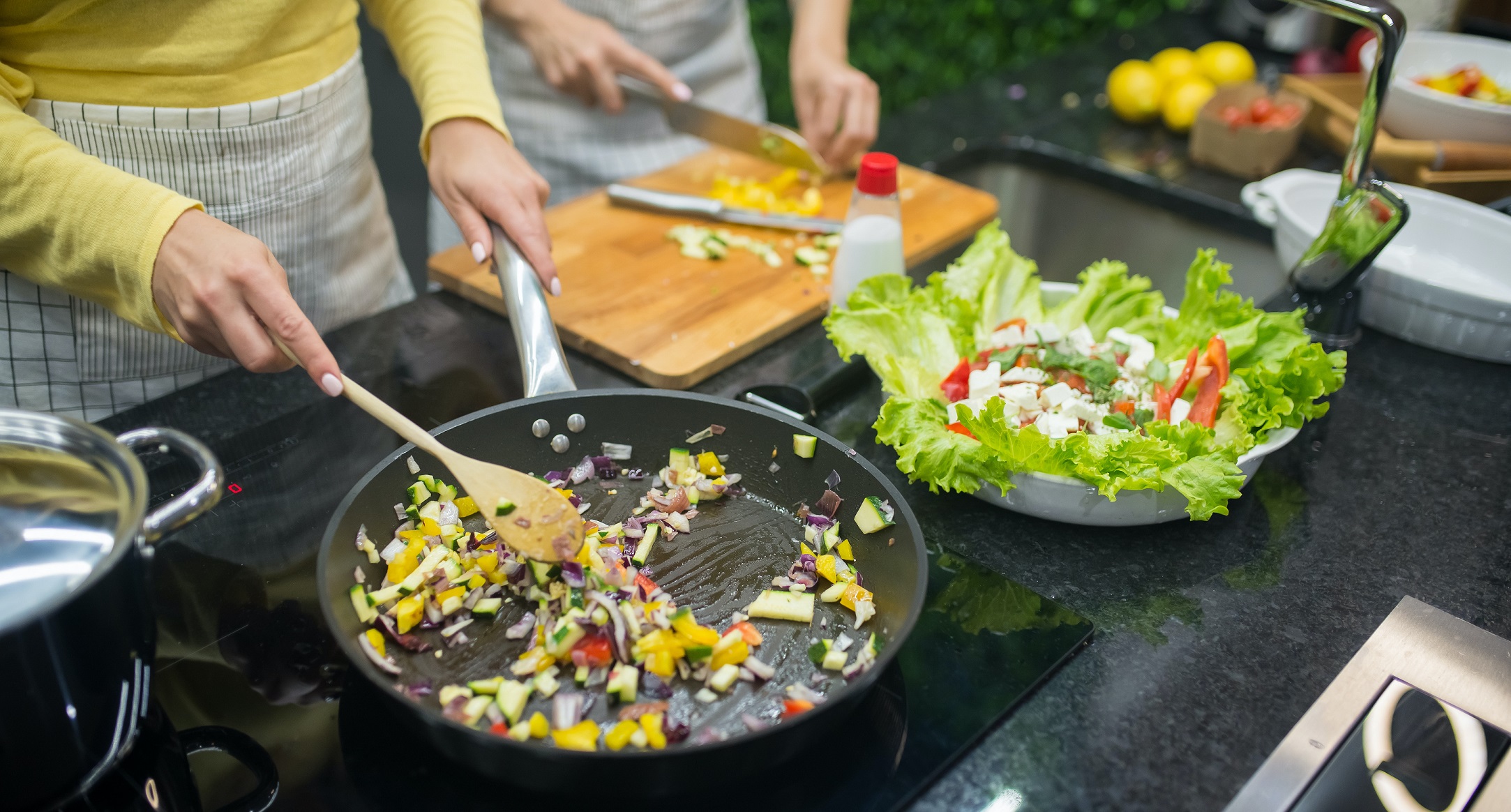What Is Sautéing and How Do You Do It?
Sautéing is a cooking technique that involves quickly cooking small pieces of food in a small amount of fat over high heat. It is a simple and versatile method that can be used for a variety of ingredients and dishes. In this article, we will explore what sautéing is, how to do it, and some tips and tricks for perfecting this cooking technique.
What is Sautéing?
Sautéing is a French term that means “to jump” or “to toss.” In cooking, it refers to the process of cooking food quickly in a hot pan with a small amount of fat. The heat should be high enough to create a sizzling sound when the food is added to the pan. This technique is often used for small pieces of meat, poultry, fish, vegetables, and aromatics like garlic and onions.
Sautéing is a dry-heat cooking method, which means that no water or liquid is added to the pan. Instead, the food is cooked in its own natural juices and the fat that is added to the pan. This results in a delicious caramelized crust on the outside of the food and a tender, juicy interior.
How to Sauté
To sauté, you will need a skillet or sauté pan with a flat bottom and low sides. A nonstick pan is not recommended for sautéing because it can prevent the food from developing a crust. Instead, use a stainless steel, cast iron, or carbon steel pan.
- Preheat the pan: Place the pan over medium-high heat and let it heat up for a few minutes. Add a small amount of fat, such as oil or butter, and swirl it around the pan to coat the bottom.
- Prepare the food: Cut the food into small, evenly-sized pieces. Pat the food dry with a paper towel to remove any excess moisture, which can prevent the food from browning properly.
- Add the food to the pan: Once the fat is hot and shimmering, add the food to the pan in a single layer. Do not overcrowd the pan, as this can cause the food to steam instead of sautéing.
- Stir and flip the food: Using tongs or a spatula, stir and flip the food in the pan every 30 seconds to 1 minute. This helps to ensure that the food cooks evenly on all sides.
- Cook until done: Cook the food until it is browned and cooked through. The cooking time will depend on the type and size of the food. For example, small pieces of chicken or vegetables may only take a few minutes, while a larger piece of meat may take 10-15 minutes.
- Remove from heat: Once the food is done, remove it from the heat and transfer it to a plate or serving dish.
Tips and Tricks for Sautéing
- Use the right pan: A heavy-bottomed pan with low sides is ideal for sautéing because it allows the food to brown evenly without steaming.
- Use the right amount of fat: You only need a small amount of fat to sauté. Too much fat can cause the food to become greasy, while too little can cause it to stick to the pan.
- Cut the food into even pieces: Cutting the food into even pieces helps to ensure that it cooks evenly.
- Pat the food dry: Moisture on the surface of the food can prevent it from developing a crust.
- Don’t overcrowd the pan: Overcrowding the pan can cause the food to steam instead of sautéing, which can result in soggy, unappetizing food.
- Stir and flip the food: Stirring and flipping the food helps to ensure that it the food cooks evenly and develops a golden brown crust on all sides.
- Use high heat: Sautéing is a quick-cooking method, so it is important to use high heat to ensure that the food cooks quickly and evenly. However, be careful not to burn the food or the fat.
- Use the right fat: Different fats have different smoke points, which is the temperature at which they start to smoke and burn. For sautéing, it is best to use a fat with a high smoke point, such as canola oil, vegetable oil, or clarified butter (also known as ghee).
- Season the food: Season the food with salt and pepper before sautéing it to enhance the flavor.
- Use aromatics: Aromatics like garlic and onions can add depth and flavor to sautéed dishes. Add them to the pan before adding the food to allow them to cook and release their flavor.
What to Sauté
Sautéing is a versatile cooking technique that can be used for a variety of ingredients, including:
Meat: Small pieces of meat, such as chicken, beef, pork, and lamb, can be sautéed for dishes like stir-fries, stews, and curries.
Fish and Seafood: Shrimp, scallops, and other small pieces of fish and seafood can be sautéed for dishes like paella, stir-fries, and pasta.
Vegetables: Sautéed vegetables, such as onions, garlic, bell peppers, mushrooms, and zucchini, are a delicious and healthy side dish. They can also be used as a base for soups, stews, and sauces.
Aromatics: Garlic, onions, shallots, and ginger are commonly used as aromatics in sautéed dishes. They add depth and flavor to the dish.
In conclusion, sautéing is a simple and versatile cooking technique that can be used for a variety of ingredients and dishes. It involves quickly cooking small pieces of food in a small amount of fat over high heat to develop a delicious caramelized crust and tender, juicy interior. By following the tips and tricks outlined in this article, you can master the art of sautéing and create delicious and healthy dishes in no time.
